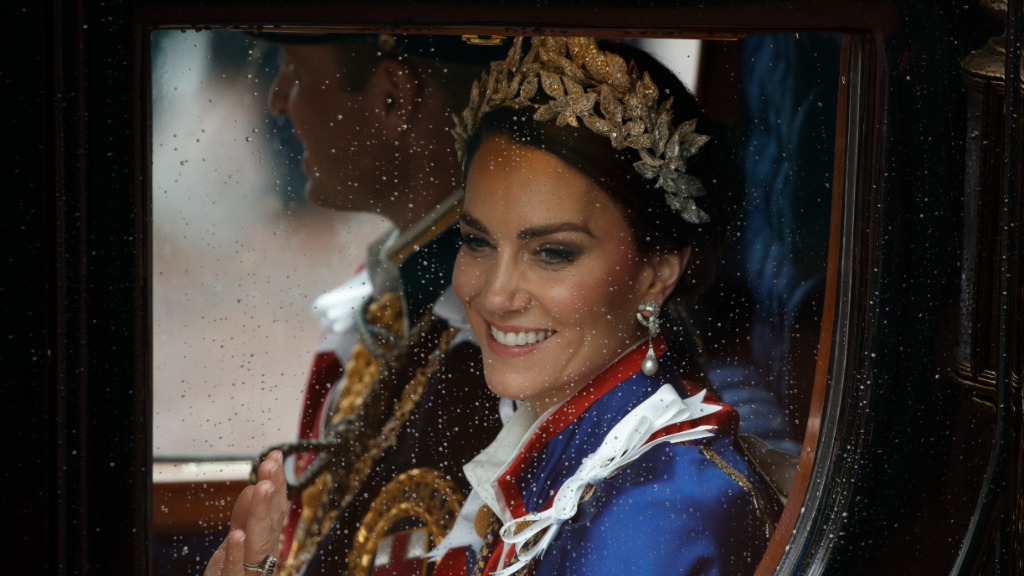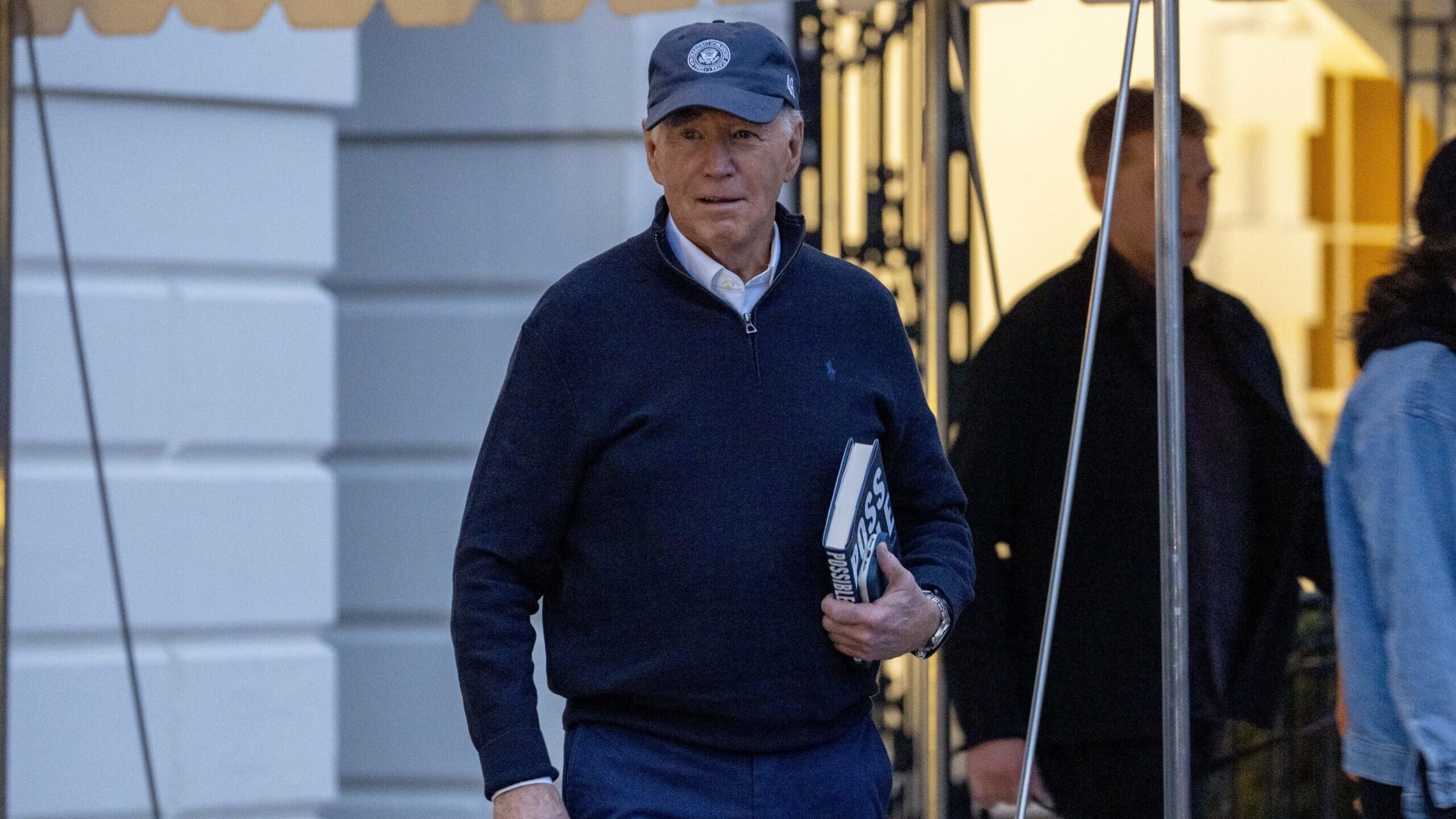Israelis flock to sages’ tombs seeking miracles
Feb 21, 2012, 7:05 AM
Associated Press
NETIVOT, Israel (AP) – One man prays to heal the legs he broke in a car accident. An older woman pleads for grandchildren. Another visitor has come to see “God’s secretary.”
These believers are part of a growing phenomenon in Israel, where hundreds of thousands of people from starkly different backgrounds flock to the tombs of ancient Biblical figures or modern-day rabbis, seeking blessings and claiming they’ve witnessed miracles.
At many of these sites there is scant proof that any sage is actually buried there. Some are even believed to be co-opted Ottoman or Muslim burial places. But to the faithful, the lack of hard evidence is irrelevant. It’s the deep spiritual experience or, for some, the desperate desire to be blessed, that matters.
“Coming here is being able to speak to God’s secretary. It’s the closest you can get,” said Suzy Shaked, a 55-year-old teacher from central Israel who visited the tomb of Rabbi Yisrael Abuhatzeira, one of the most popular pilgrimage sites.
Shaked said she sees Abuhatzeira, better known as the Baba Sali, as God’s envoy. A visit to his tomb puts her requests in God’s earshot. She was praying at the Baba Sali’s tomb for her son to marry.
While there are no firm statistics on how many Israelis visit sites like the Baba Sali’s tomb, researchers say the number is growing.
They cite the rising power of religious political parties, the influence of Israelis of north African descent who traditionally practiced these kinds of pilgrimages, and a growing desire by even secular Jews to find meaning in their lives through a spiritual act. Prominent businessmen and politicians are known to make appearances at the sites.
“It’s hard for (people) to be satisfied with prayer in a synagogue to a God who is very abstract, who is unclear, who is not accessible,” said Doron Bar, a historical geographer who studies the sites. “I think visiting a grave like this gives believers a line through which demands can be made.”
Bar believes that the number of pilgrimage sites has grown into the hundreds.
The phenomenon has spawned a tourist trade, where busloads of faithful are ferried from one burial site to another to make a variety of wishes.
“People see results,” said Benny Barzilai, who runs monthly trips to tombs. “That’s why this tour succeeds.”
Morroccan-born Abuhatzeira was revered even in life as a mystic and performer of miracles. After he died in January 1984, he gained rock star-like fandom.
Today, his tomb in the blue-collar town of Netivot in southern Israel draws an estimated hundreds of thousands of pilgrims. The anniversary of his death is especially popular, a time that is believed to grant the worshipper a heightened closeness to God.
It’s the second-most visited tomb in Israel, after that of Yonatan ben Uziel in northern Israel. That site, which reportedly draws half a million people a year, is believed to answer prayers for marriage.
At the Baba Sali compound, believers of all stripes could be seen during the recent anniversary commemorations_ mildly religious young women in tight jeans and red nails, pious elderly women in long floral skirts and head coverings, silver-haired politicians in pinstriped suits. The tomb was packed with a mass of wailing worshippers, which swelled gradually into the evening.
The day was joyful and festive, with barbecues, picnics and vendors selling candles and clocks bearing the Baba Sali’s image. The faithful hurled candles into a large furnace, a ritual with pagan tinges meant to immortalize the sage’s soul.
“I take advantage of any opportunity to go see a sage,” said Shimon Kaslessi, a truck driver, who walks with crutches but was told he likely wouldn’t walk at all after a car crash two years ago.
“When you’ve seen miracles, when the sage makes a handicapped person walk, you believe,” he added, a tear streaming down his face.
Although the burial place of modern rabbis like Abuhatzeira are not questioned, those of more ancient sages are not always investigated or recognized by any official body, meaning anyone can theoretically designate a place as holy and spark a following.
A site near the central town of Modiin is believed by some to be the tomb of the Jewish priest Matityahu ben Yohanan, one of the heroes of the Hasmonean Revolt against the Greeks more than 2,000 years ago. While not officially recognized, the site draws hundreds of pilgrims a year.
Similarly, a tomb in a Jerusalem mosque is sacred to Jews, Muslims and Christians, yet each claims a different holy woman is buried there.
Researchers believe the grave of the prophet Havakuk in northern Israel was possibly deemed to be there because the prophet’s name rhymed with a nearby village, Yakuk.
It’s unclear how the phenomenon took root. Traditionally in Judaism, prostrating oneself at graves was forbidden, as it was likened to the prohibited custom of idol worship.
Some studies believe that after Israel gained independence in 1948, many important Jewish sites beyond Israel’s boundaries were out of reach. Jews in turn assigned greater importance to less significant sites inside Israel or co-opted what was known to be, until then, an Ottoman or Muslim tomb.
Over time, myths surrounding the different graves emerged, and Jews began making pilgrimages to these sites. The custom is practiced at tombs of Jewish sages around the world as well, including a massive yearly pilgrimage to Ukraine.
Many are nondescript tombstones while some are grand domed mausoleums. Each sage is typically associated with different requests, whether for health, wealth, love or fertility.
More than 100 such sites are considered official holy places by Israel’s Tourism Ministry, meaning they are maintained with government funds. New sites are rarely added to the ministry’s list because they “lack proof” that anyone of importance is interred there, said Mina Genem, a ministry official.
Nonetheless, these tombs attract Jews from all backgrounds who return year after year because they say their prayers have been answered.
Sarah Cohen, 69, said her daughter became pregnant after she prayed for her at the Baba Sali’s tomb.
“I’ve been coming here for 20 years,” she said, after flinging a candle into the red furnace. “My daughter came too because she saw that my prayers were answered.”
___
Follow Goldenberg at:
http://twitter.com/tgoldenberg
(Copyright 2012 The Associated Press. All rights reserved. This material may not be published, broadcast, rewritten or redistributed.)









